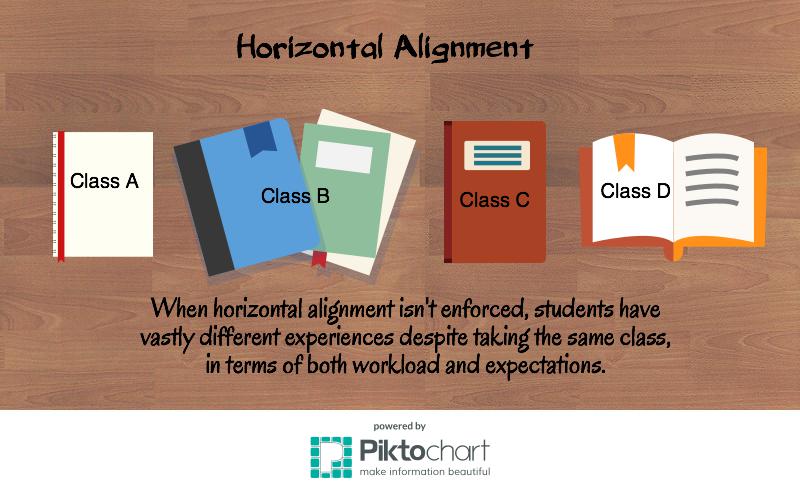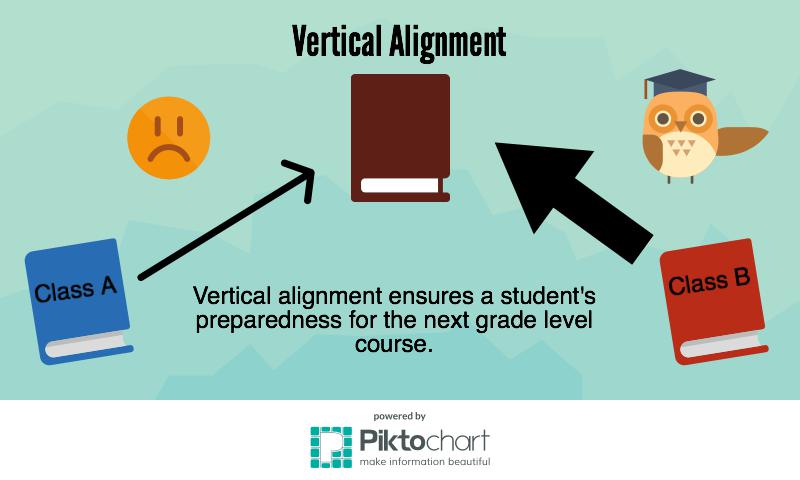English is a class about interpretation. People either love it or hate it for existing outside the black-and-white world. It only takes a few fishbowls and Socratic Seminars to see that it’s often just as easy to prove the converse of a theme using slightly different evidence. Still, exploring all the avenues available to find the hidden meaning in a text can be rewarding.
As such, English is a class that is inherently subjective. When analyzed under different rubrics, the same work gets different credit. Distorted by layers of partiality, from interpretation to writing style to a teacher’s own opinion of a thesis, we feel that at Palo Alto High School, equality before the gradebook is not a sufficiently enforced policy. In short, the differences in grading and expectations in English classes at Paly are detrimental to students and ultimately result in inaccurate representations of both talent and effort.
Before we get into the horizontal and vertical alignment alluded to above, we’d like to clarify something. We do not intend to call out any specific English teacher in this article, and we don’t believe any of these teachers are consciously biased. We are extremely grateful to all our English teachers for everything they’ve taught us, from the x-y-z’s of thesis writing to the MLA format of a final paper. The Paly faculty is a passionate, talented group of teachers who all want their students to succeed.
But if students are to succeed, Paly needs to have a new policy enforcing alignment, so that every student is given an equal opportunity to learn and excel. Additionally, this kind of adaptation to Paly’s current alignment efforts would also help fulfill the most recent WASC goals of systems alignment, student engagement and innovation in the English department.
Horizontal alignment is the educational practice of ensuring that students taking the same course under different teachers are still learning the same material. This doesn’t solely mean they read similar literature, but that they are taught the same writing techniques and organizational formats. Vertical alignment holds teachers accountable for adequately preparing their students to succeed in the next level course, meaning that if a junior year course is open to both regular and honors sophomore students, both should be able to effectively complete the course junior year.
Imagine this scenario. You read the required book for your class, and after discussions and analysis, you receive an essay prompt, the prompt given to all students in your lane. You write an essay, using the instructions given to you by your teacher. Then you add it to the pile of essays for a different teacher teaching a different period of the same class. Would you be confident your work would get the grade it deserved? Would you bet 10 or 15 or 20 percent of your grade on it? We wouldn’t.
What isolates English as the least horizontally aligned subject is the lack of common material shared between classes. In STEM classes, differences between two teachers can be frustrating, but at least students have a common textbook or common notes. Reading the same book in two different classes does not guarantee the same knowledge, as the material used to analyze the book can completely change your perspective of the literature.
Paly’s current departmental policy requires that English teachers hold bimonthly grade-level meetings to discuss how credit should be awarded in each class and other aspects of student learning. Instructional Supervisor Shirley Tokheim finds the grade-level teams to be useful in facilitating cohesion.
“When we have collaboration, teachers meet in their grade-level teams and … talk about creating common assessments, creating a common syllabus … and [calibrating] essays,” Tokheim said.
Despite acknowledging room for improvement, Tokheim feels that alignment is not an issue that can be corrected quickly.
“It’s something that takes years and years .… It’s something that you’re constantly working on and something that our department is constantly working on,” Tokheim said.
Unfortunately, we feel that this approach is too passive for such a pervasive problem within the English department. The fact that certain teachers within the same lane are infamous for their intense discussion groups or their emphasis on participation screams inconsistency. Teachers have their own style, and we value learning to adapt to different learning methods, but in past courses we’ve compared our assignments to find completely different resources and templates available. The difference between the basic writing materials provided to us can only mean that our writing is graded differently. The fact that colleges will see the same course on our transcripts, when in actuality our courses are far from the same, is not okay. It’s pretty misleading.
English teacher Julia Taylor cautions that complete uniformity is a dangerous goal when it comes to English alignment.
“In English class we have to be really careful because there is a way to take alignment a little bit too far,” Taylor said. “When all the teachers decide that they’re going to be using the exact same terminology … it’s a little problematic because what happens when students go to colleges all over the place and someone uses different terminology? The students don’t have flexibility of thinking.”
We feel that there must be a way to achieve this flexibility of thinking while maintaining consistency between classes. English is meant to be a creative subject, but there are ways to find a balance between creativity and structure. As a first step, we suggest all potential biases are eliminated from the gradebook. We invite teachers to try our scenario above, and adopt Advanced Placement Psychology’s policy of identifying written work by student ID, not name. We personally do not think teachers are biased against students, but this method would prevent students from blaming grades on subjectivity, instead initiating a conversation about what’s actually wrong with poorly graded work.
Grades aren’t the only thing hurt by insufficient vertical alignment. Psychology shows that a student’s self-esteem, their confidence in their ability, and their intrinsic motivation to succeed are all damaged when they’re thrown into a class unprepared. Tenth grade English teacher Mimi Park explains that this problem is being tackled in the form of Thursday collaborations between the ninth and 10th grade levels.
“With ninth and 10th grade discussions, and really this is all I can speak to just on personal experience, we have meetings where we talk about expectations and the transition from ninth grade to 10th grade, the skill sets that we’re seeing,” Park said.
While we applaud the department’s increasing focus on vertical alignment, this focus seems to be struggling to reach the 11th and 12th grade classes, years with a particularly significant increase in academic rigor. If collaboration in these teacher teams is more difficult, we suggest a set of uniform handouts to set expectations between lanes. A teacher could then prepare students for next year, teaching a few lessons in advance, the same way some math classes spend the last weeks of school going over materials that will be seen in next year’s lane.
While most teachers seem to be working towards goals of alignment, an increase of student feedback could help them get there. Right now, mandatory end-of-year surveys question a single teacher’s skills, but rarely touch on the alignment between classes in the same lane or reflections of students’ satisfaction with their previous class’ preparation for their course. Teachers should do more than just look at the responses to these surveys; there should at least be a department meeting to discuss the results.
We attribute some of these alignment issues to flaws in the department’s solicitation of student feedback. Some of the burden is on students to actually provide constructive feedback instead of just venting. We also suspect that part of the difficulty stems from teachers’ resistance to examine criticism, and part of it comes from the logistical challenges of collecting this kind of feedback.
Sometimes, inconvenient truths can only be faced when they come with a side of data, and we hope that the upcoming end-of-year survey is used to evaluate not only individual performance, but the orchestrations of the department as a whole. Alignment may require trial and error, from trying out student IDs on essays to improving standardized grade-level expectations, but we believe the Paly English department will handle it well. After all, if there is one thing that English has taught us, it’s that the best work always needs multiple drafts.



